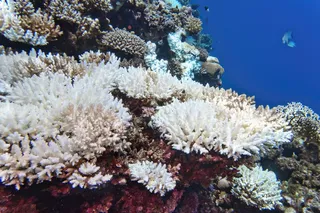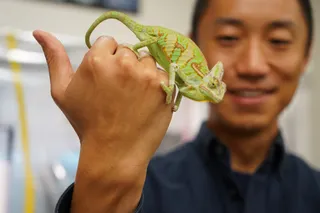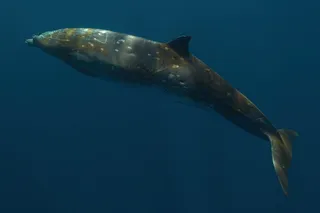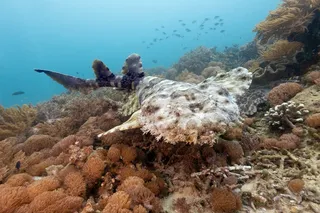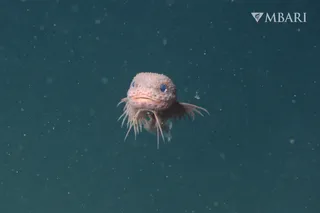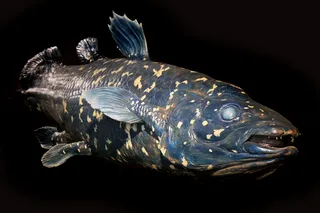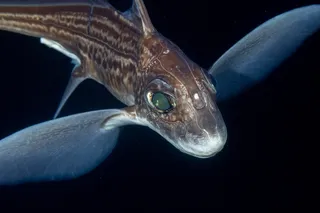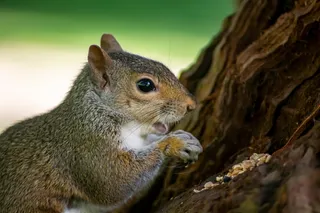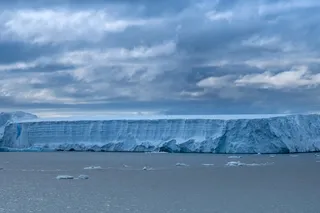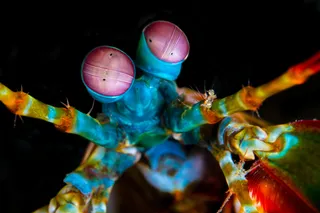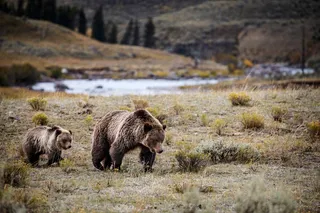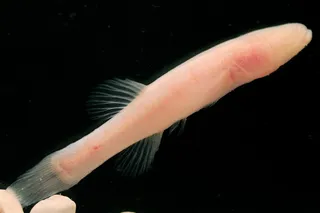Sandman has a post up, Can There Be A Synthesis Between Cultural And Biological Evolution?, taking off on the PLoS Biology article, Across the Curious Parallel of Language and Species Evolution. Read both. I would add one important point though: linguistic and biological evolution are simply subsets of evolutionary dynamics. That is why Martin Nowak's book of that name, Evolutionary Dynamics, naturally has a section on the evolution of language. Several evolutionarily oriented thinkers have attempted to translate models originally developed for biology into the domain of culture. Cultural Transmission and Evolution and Culture and the Evolutionary Process are two works which I think are good introductions to the field. I think it is important to emphasize that various evolutionary genetic parameters such as selection, drift and migration are operative in cultural evolution. This means that the evolutionary dynamics of language extend beyond the debate as to the relevance of ...
The evolution of language and biology
Explore the synthesis of cultural and biological evolution and how language and culture interconnect through evolutionary dynamics.
More on Discover
Stay Curious
SubscribeTo The Magazine
Save up to 40% off the cover price when you subscribe to Discover magazine.
Subscribe

